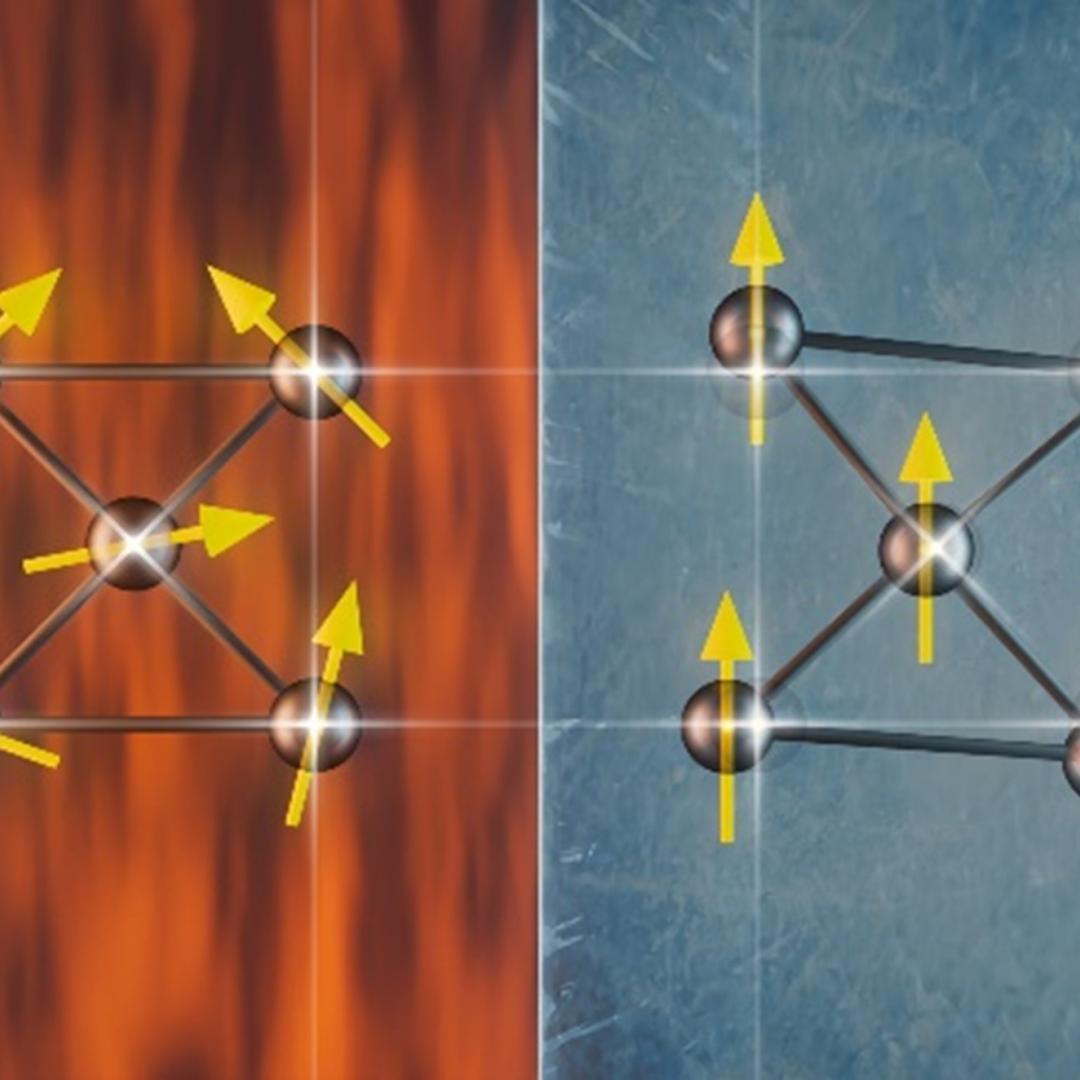
Filter News
Area of Research
- (-) Clean Energy (67)
- (-) Neutron Science (24)
- Advanced Manufacturing (3)
- Biological Systems (1)
- Biology and Environment (29)
- Computational Biology (2)
- Computational Engineering (2)
- Computer Science (9)
- Electricity and Smart Grid (3)
- Functional Materials for Energy (1)
- Fusion and Fission (26)
- Fusion Energy (13)
- Isotope Development and Production (1)
- Isotopes (9)
- Materials (54)
- Materials for Computing (11)
- National Security (21)
- Nuclear Science and Technology (15)
- Quantum information Science (9)
- Sensors and Controls (1)
- Supercomputing (69)
News Topics
- (-) Biomedical (17)
- (-) Fusion (2)
- (-) Grid (40)
- (-) Machine Learning (10)
- (-) Polymers (12)
- (-) Quantum Computing (1)
- (-) Quantum Science (8)
- (-) Space Exploration (6)
- 3-D Printing/Advanced Manufacturing (82)
- Advanced Reactors (6)
- Artificial Intelligence (14)
- Big Data (7)
- Bioenergy (30)
- Biology (16)
- Biotechnology (5)
- Buildings (36)
- Chemical Sciences (16)
- Clean Water (10)
- Climate Change (22)
- Composites (18)
- Computer Science (35)
- Coronavirus (20)
- Critical Materials (9)
- Cybersecurity (9)
- Decarbonization (34)
- Energy Storage (75)
- Environment (59)
- Exascale Computing (2)
- Fossil Energy (3)
- Frontier (3)
- High-Performance Computing (8)
- Hydropower (2)
- Isotopes (1)
- Materials (46)
- Materials Science (48)
- Mathematics (3)
- Mercury (3)
- Microelectronics (1)
- Microscopy (10)
- Molten Salt (1)
- Nanotechnology (17)
- National Security (7)
- Net Zero (3)
- Neutron Science (100)
- Nuclear Energy (9)
- Partnerships (12)
- Physics (10)
- Renewable Energy (1)
- Security (8)
- Simulation (4)
- Statistics (1)
- Summit (9)
- Sustainable Energy (69)
- Transformational Challenge Reactor (3)
- Transportation (67)
Media Contacts
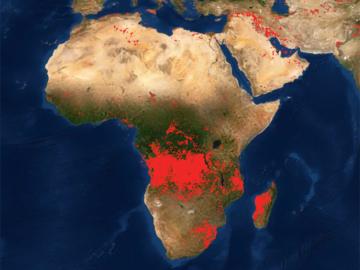
Researchers at Oak Ridge National Laboratory developed a method that uses machine learning to predict seasonal fire risk in Africa, where half of the world’s wildfire-related carbon emissions originate.
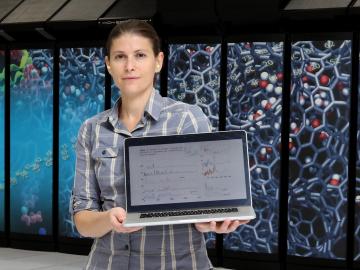
Ada Sedova’s journey to Oak Ridge National Laboratory has taken her on the path from pre-med studies in college to an accelerated graduate career in mathematics and biophysics and now to the intersection of computational science and biology
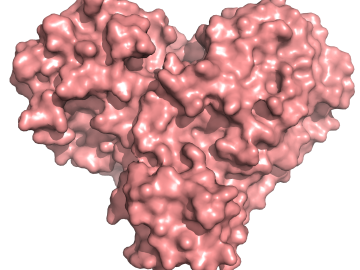
A team of researchers has performed the first room-temperature X-ray measurements on the SARS-CoV-2 main protease — the enzyme that enables the virus to reproduce.
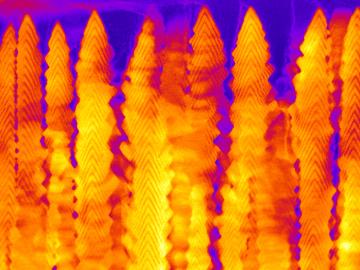
A team led by the Department of Energy’s Oak Ridge National Laboratory synthesized a tiny structure with high surface area and discovered how its unique architecture drives ions across interfaces to transport energy or information.
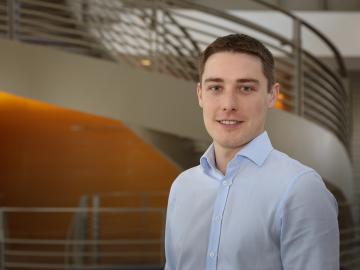
Matthew R. Ryder, a researcher at the Department of Energy’s Oak Ridge National Laboratory, has been named the 2020 Foresight Fellow in Molecular-Scale Engineering.
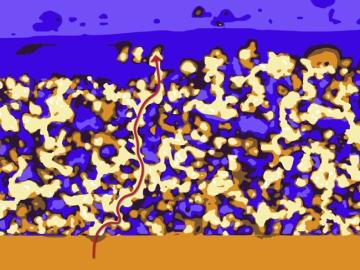
Oak Ridge National Laboratory researchers have developed a thin film, highly conductive solid-state electrolyte made of a polymer and ceramic-based composite for lithium metal batteries.
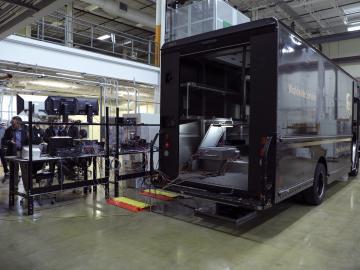
Researchers at Oak Ridge National Laboratory demonstrated a 20-kilowatt bi-directional wireless charging system on a UPS plug-in hybrid electric delivery truck, advancing the technology to a larger class of vehicles and enabling a new energy storage method for fleet owners and their facilities.
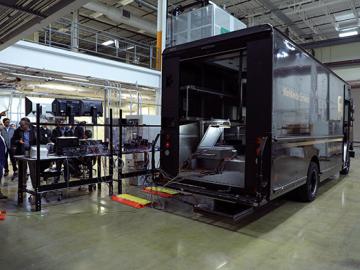
Researchers at the Department of Energy’s Oak Ridge National Laboratory (ORNL) in late February demonstrated a 20-kilowatt bi-directional wireless charging system installed on a UPS medium-duty, plug-in hybrid electric delivery truck.
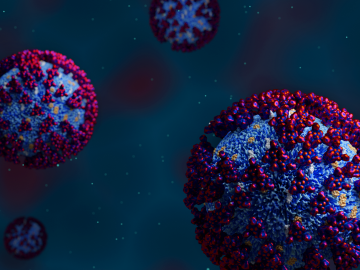
In the race to identify solutions to the COVID-19 pandemic, researchers at the Department of Energy’s Oak Ridge National Laboratory are joining the fight by applying expertise in computational science, advanced manufacturing, data science and neutron science.
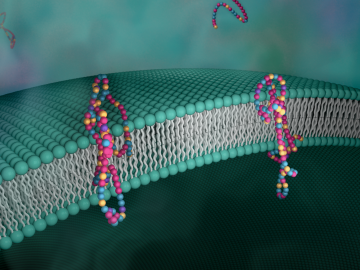
Biological membranes, such as the “walls” of most types of living cells, primarily consist of a double layer of lipids, or “lipid bilayer,” that forms the structure, and a variety of embedded and attached proteins with highly specialized functions, including proteins that rapidly and selectively transport ions and molecules in and out of the cell.


